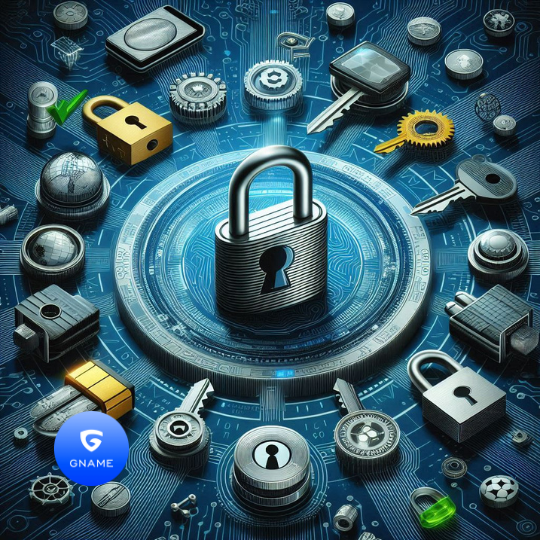In today’s digital landscape, security threats are more prevalent than ever. Cybercriminals are constantly evolving their tactics, making it imperative for organizations to adopt robust security measures. One of the most effective ways to enhance security is by implementing Two-Factor Authentication (2FA). This blog post will explore what 2FA is, its benefits, how to implement it, and best practices for ensuring its effectiveness.

What is Two-Factor Authentication?
Two-Factor Authentication is a security process that requires two different forms of identification before granting access to an account or system. This typically involves something you know (like a password) and something you have (such as a smartphone app that generates a time-sensitive code). By requiring two forms of identification, 2FA significantly reduces the risk of unauthorized access, even if a password is compromised.
The concept of 2FA isn't new; it has been used for many years in various forms, such as ATM cards requiring a PIN. However, with the rise of online accounts and services, 2FA has become increasingly vital for protecting sensitive information.
Benefits of Implementing 2FA
Enhanced Security
The primary benefit of 2FA is enhanced security. By requiring a second form of authentication, organizations can greatly reduce the chances of unauthorized access. Even if a hacker manages to obtain a password through phishing or other methods, they will still need the second factor to gain access to the account.
User Confidence
Implementing 2FA can also boost user confidence. When users know that their accounts are protected by an additional layer of security, they are more likely to engage with the service, share sensitive information, and feel secure in their transactions. This can lead to increased customer satisfaction and loyalty.
Regulatory Compliance
Many industries are subject to regulations that require certain security measures to protect sensitive data. Implementing 2FA can help organizations comply with these regulations, thereby avoiding potential fines and legal issues. For example, financial institutions and healthcare organizations are often required to implement strong security measures to protect customer data.
How to Implement Two-Factor Authentication
Choose the Right Method
The first step in implementing 2FA is to choose the right authentication method that fits your organization’s needs. Common methods include:
SMS-based Codes
: A code is sent to the user's mobile phone via SMS.
Authenticator Apps
: Applications like Google Authenticator or Authy generate time-sensitive codes.
Hardware Tokens
: Physical devices that generate codes or connect directly to the computer.
Each method has its pros and cons, so it’s essential to evaluate which option provides the best balance of security and user convenience.
Integrate with Existing Systems
Once you have selected a 2FA method, the next step is to integrate it into your existing systems. This may involve working with your IT department or third-party vendors to ensure that the 2FA system is compatible with your current infrastructure.
Educate Users
After integrating 2FA, it’s crucial to educate users on how to use it effectively. Provide clear instructions on how to set up 2FA, what to expect during the login process, and how to troubleshoot common issues. User education can significantly reduce confusion and frustration, leading to a smoother implementation process.
Best Practices for Two-Factor Authentication
Regularly Review Security Policies
Implementing 2FA is not a one-time task; it requires ongoing attention. Regularly review and update your security policies to ensure they remain effective in combating new threats. This includes evaluating the 2FA methods in use and considering newer technologies as they become available.
Encourage Strong Passwords
While 2FA adds an extra layer of security, it should not be the only line of defense. Encourage users to create strong, unique passwords for their accounts. Consider implementing password managers to help users manage their passwords securely.
Monitor for Unusual Activity
Lastly, continuously monitor for any unusual account activity. If an account shows signs of unauthorized access, take immediate action to secure it and investigate the breach. Prompt responses to potential threats can help mitigate damage and enhance overall security.
Conclusion
Implementing Two-Factor Authentication is a proactive step towards enhancing domain security. With cyber threats on the rise, organizations can no longer rely solely on passwords to protect sensitive information. By adopting 2FA, businesses can significantly reduce the risk of unauthorized access, boost user confidence, and ensure compliance with regulatory requirements. As technology evolves, staying ahead of security threats should be a priority for every organization.






















